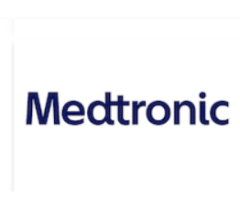My job as editor of DAIC is to help readers keep tabs on the latest in cardiovascular technology and trends. With collaboration from my Editorial Advisory Board, we developed a 2013 editorial calendar based on several predictions on what will be the key game-changing technologies. These were determined from observations at numerous cardiology meetings we attended and from needs or trends members of the board have seen in their own practices. Here are our top predictions:
• Fractional flow reserve (FFR) is becoming more popular because of sound clinical trial data that continues to be reinforced, its inclusion in treatment guidelines and for its potential to save money by reducing the number of stents implanted. Current iterations of the catheter-based technology can be time-consuming and require use of adenosine, which has limited adoption. A new method called IFR may greatly simplify, reduce time and eliminate the need for adenosine. A second technology showing great promise is computed tomography (CT)–FFR, which measures the FFR for all coronary vessel segments noninvasively and allows placement of virtual stents to measure their hemodynamic impact.
• Stage 2 meaningful use requirements will greatly impact cardiovascular information systems (CVIS). Stage 2 calls for clinical decision support, which will likely be seen in the form of overlay software to double-check if appropriate use criteria is being followed and to red-flag instances when it is not. Other requirements call for simplified image sharing both inside and outside hospitals, and computerized physician order entry (CPOE). Patient participation is also required, possibly by having them access information or share clinical updates via website interfaces, especially in the case of heart failure and EP implantable device followups.
• New ICD technology with the new subcutaneous ICD systems offer a much simplified implant procedure and the potential to greatly reduce complications. The results of the MADIT-RIT trial will likely make ICDs more effective by changing the way the devices are programmed.
• Hemodynamic support devices are seeing a lot of movement with the introduction of a new 5 LPM percutaneous ventricular assist device (PVAD), a new trial examining a PVAD’s impact on infarct size, FDA review of intra-aortic balloon pumps, and the increasing use of mobile extracorporeal membrane oxygenation (ECMO) units, especially in the hybrid OR.
• Near-infrared spectroscopy intravascular imaging may offer a vulnerable plaque detection tool to preemptively stent potential STEMI lesions.
• Renal denervation therapy has gone from a sideshow session at meetings into the mainstream, with major vendors now making investments.
Several of these topics are covered in the Jan/Feb 2013 issue of DAIC.



 March 10, 2025
March 10, 2025 







